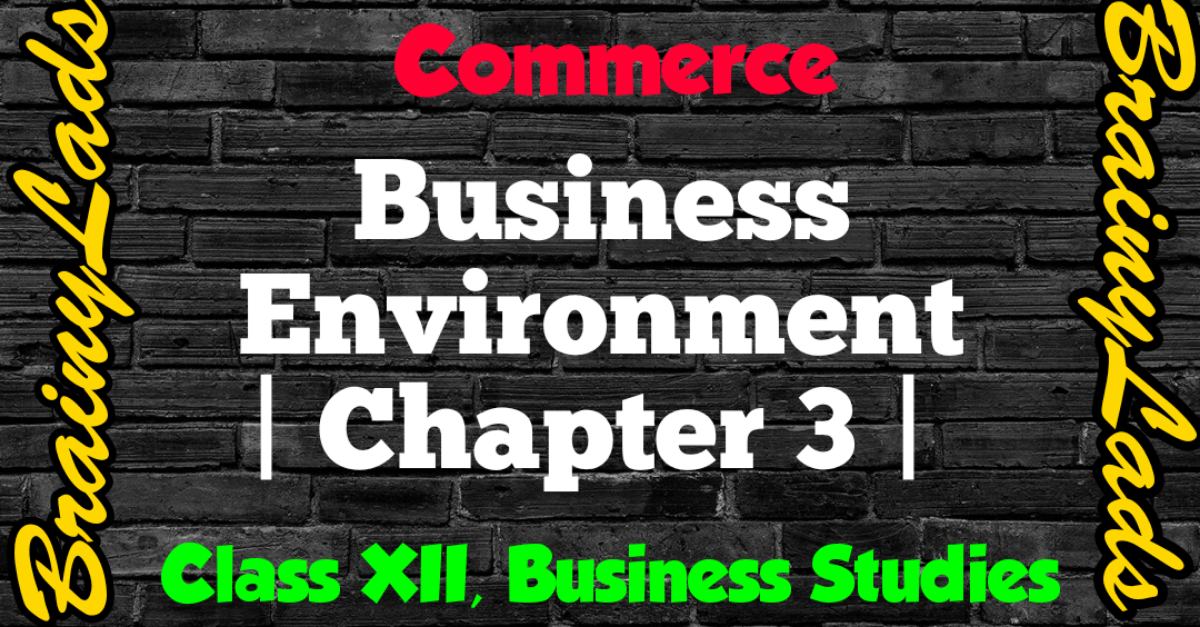Planning Class 12 BST | Importance | Limitation | Process | Chapter 4 |
Table of Contents
Planning Class 12 BST | Importance | Limitation | Process | Chapter 4 |
Meaning and Definition of Planning
Planning Class 12 BST : Planning refers to thinking beforehand. It is the basic function of management and forms base for the other functions of the management. Through this, objectives and methods to achieve the target effectively and efficiently are planned.
Features of Planning
- Focuses on Achieving Objective: Planning is the first function of the management in which objectives are determined. Therefore, after deciding the objectives, the way to achieve it is planned.
- Primary Function of Management: Planning forms the base for the other functions of management such; organising, staffing, directing and controlling. Therefore, it acts as a primary function.
- Futuristic Approach: Under planning process, all the questions which are related with the future are put up and solutions for those questions are found out. Therefore, it is a futuristic approach.
- It is All-pervasive: Planning is a function which is performed at the every level of management to work properly and efficiently. Therefore, it is all pervasive as performed at every level.
- Involves Decision Making: Under planning process, all the alternatives to do any task are chosen from which the best plans are selected and inappropriate plans are rejected. Therefore, it involves decision making.
- Planning is Mental Exercise: Planning involves decision making and mental exercise through finding all the solutions for the questions such as; what to do? , how to do? , when to do? etc.
Significance of Planning
- Helps in Providing Direction: Through planning, every employee gets a way to put in his efforts to achieve various goals of the organisation.
- Reduces the Risk of Uncertainty: With the help of planning, all the futuristic questions are answered so that there can be reduction in risk factors for the organisation.
- Facilitates Decision Making: Under planning, best alternative is chosen. Therefore, it helps to facilitates decision making.
- Sets Standards for Controlling: Standards are set for controlling function so that actual work done can be compared with the estimated standards.
- Reduces Overlapping of Work: All the estimations are measured in the planning process and by whom the work is to be done is also decided. Therefore, it reduces wastage of resources and overlapping of work.
- Helps to get Innovation: Under planning, best alternatives are taken-up and chosen. Therefore, it motivates all the innovative ideas with which firm can get benefit.
Limitations of Planning
- Creates Rigidity in Work: Under planning process, all the works are pre-decided. Therefore, it creates rigidity in the organisation due to which new ideas after selection of certain plans are not followed-up.
- Does not work in Dynamic Environment: Dynamic environment is that environment which keeps on changing frequently wherein planning function fails to reflect the exact estimate.
- Reduction of Creation: Once, the plan is decided and started following-up in that case no new creation will be taken and will have to do the task with the older plan even if it can be done more efficiently.
- Involves High Cost and Time-consuming: Planning is a very costly process as experts are hired to plan the goals. It includes a lot of time owing to which it cannot be done frequently.
- Planning does not Guarantee Success: Planning does not always guarantee success as every plan comes up with the risk factor and if it is realised, in that case an oranisation will have to incur losses.
Process of Planning
When Planning is studied separately, it is known as process but when it is studied as a function of management, it is called activity of the organisation. Different organisations may alter the process of planning as per the size and work division. Therefore, an organisation undertakes its all strength and weakness during planning process.
- Setting Objectives: In the beginning, Objectives or End Points are determined which the company has to attain through different functions of management.
- Developing Premises: Under this, assumptions are made for future whereas final decision, for all the factors which are taken within the organisation, are decided so that the rate of success can be forecasted. The premises are of two types such as; Internal Premises which include labour, capital, machinery etc. and External Premises which include policies of state, taste of the customer, tax rates etc.
- Identifying Alternative Course of Action: Under this, alternative course of doing a particular job is discovered through minimum criteria method for e.g. expansion of the existing business, diversification in the product, merger with other organisation and taking over other business enterprises etc.
- Evaluating Alternative Course: Under this process, all the alternatives which are studied in the above process are evaluated as every alternative has its own merits and demerits. For example; a particular alternative may yield more profit but requires more capital whereas an another alternative may not yield sufficient profits but requires less investment in the form of capital.
- Selecting an Alternative: From the alternatives which are evaluated above, the best alternative for the organisation is adopted and an another alternative is also selected in the form of reserved alternative which is helpful when the first alternative fails to exhibit the expected outcome.
- Implementing the Plan: The selected alternative is implemented in the organization after which different activities to achieve the goal are decided.
- Follow-up Actions: For planning is a continuous process, the plans which are formulated are constantly reviewed and changes are made in them.
Types of Plans
There are majorly two types of plan but there is third plan also which are not covered in the first two, are as follow:
- Standing Plan: It is also known as repeatedly-used plans. These plans are meant for long term and provide guidance for the repeated actions which are performed in an organisation.
It Includes:
- Policies: It refers to the statements which guide the employees while taking decision. For example; personnel policy, sale policy etc.
- Rules: It refers to the plans which describe what is to be done and what is not in a particular situation.
- Methods: It tells about the processes of different methods to get completed.
- Processor: It refers to the plans which determine the order/sequence of the activities to be performed for a work.
- Single-Use Plan: It is also known use as special or adhoc plan. These plans are for short term and are used to meet the needs in a particular situation.
It includes:
- Budget: It refers to the quantitative expression of plan in numerical terms.
- Programme: These plans cover large organisational activities and specify orders, steps, timings and responsibilities of each department for every step.
- Neither Standing nor Single Used Plan: These plans are neither standing which means not for long term and nor single-use which means for short term.
It includes:
- Objectives: It refers to the end point for which all the activities are undertaken. The objective should be clear and link with the outcome along with quantitatively be measurable.
- Strategy: It refers to the plan under which optimal match is made between the organisation and the environment through determining opportunities and threat which are available in the environment.
We would love your reading of the other chapters given below.
# Planning Class 12 BST
Do share this post if you liked Planning Class 12 BST. For more updates, subscribe to our website BrainyLads



